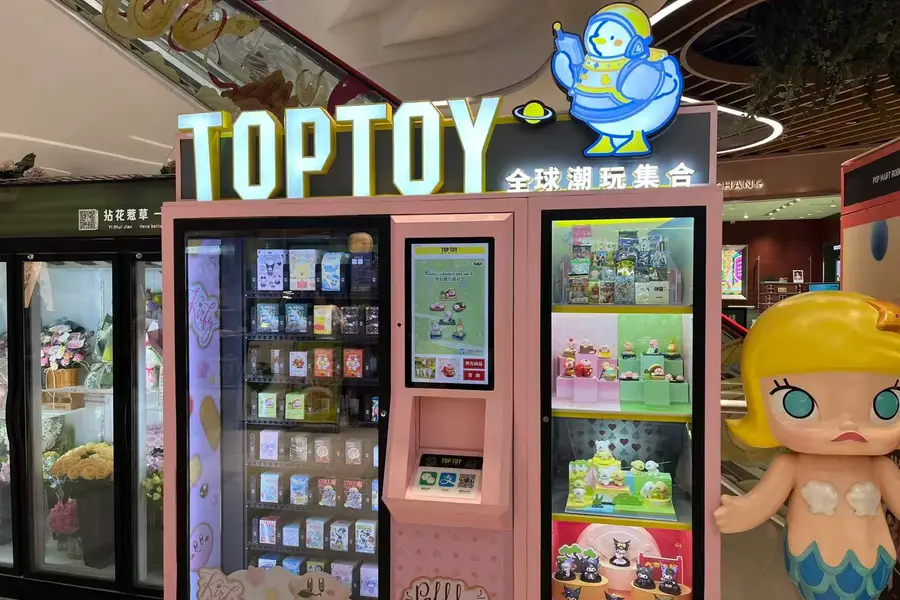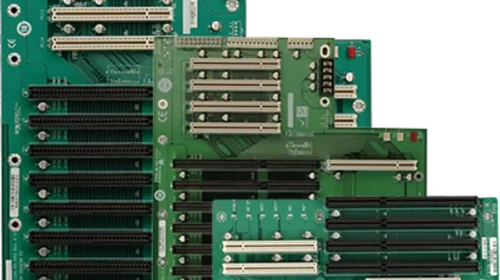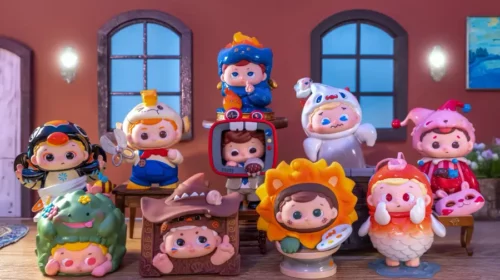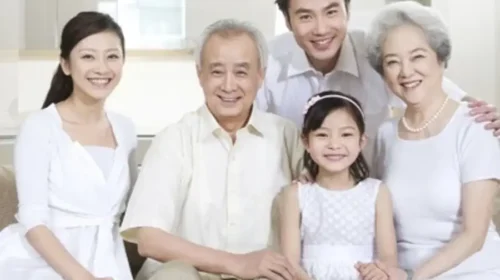Will Top Toy knock Pop Mart off its throne?

China’s third largest pop toy seller, a spinoff of Japanese-style retailer Miniso, has filed for a Hong Kong IPO just five years after its founding
Key Takeaways:
- Miniso spinoff Top Toy has filed to list in Hong Kong, aiming to leverage its parent’s network of 7,000 global stores as it seeks to copy Pop Mart’s success
- A $1.3 billion valuation and growing stable of self-developed intellectual property could boost the toymaker’s chances of success in an increasingly crowded field
By Edith Terry
When entrepreneur Ye Guofu founded his chain of Miniso (9896.HK, MNSO.US)novelty stores in 2013, he took his inspiration from two Japanese retailers, discount chain Daiso, and fast fashion retailer Uniqlo. Miniso became a global giant by pursuing a strategy combining affordability, wide variety and Japanese-style ‘cuteness’ or kawaii aesthetics. Using that formula, he built Miniso into a network of 4,305 domestic and 3,307 overseas stores at the end of June, long ago passing Uniqlo’s 2,500 stores.
Now, Miniso is moving out of the spotlight to make way for its younger offspring, Top Toy International Group Ltd., which filed for a Hong Kong listing late last month, aiming to cash in on the growing global craze for trendy collectible toys.
Top Toy’s listing plan isn’t exactly new, as Ye discussed a spinoff and separate IPO for the company as early as 2022. But the new listing looks well timed, coming as trendy collectible toys have become all the rage on the huge success of Pop Mart’s (9992.HK) Labubu. The IPO would come just months after a $59.4 million Series A financing in July that valued Top Toy at $1.3 billion, with a unit of Singapore’s Temasek contributing $40 million of that for a 3.2% stake.
With heavy-hitters like Temasek and IPO underwriters JPMorgan, UBS and Citic Securities behind him, Ye seems to be taking square aim at Pop Mart – a daunting target. Pop Mart’s most recent financial report shows its revenue tripled to 13.8 billion yuan ($1.9 billion) in the first half of this year, while its profit quadrupled to 4.6 billion yuan. By comparison, Top Toy’s revenue for the six months was up by a solid but far less spectacular 60% to 1.36 billion yuan, about a tenth the size of Pop Mart’s. Its profit rose 30% to 181 million yuan, according to its IPO prospectus.
In terms of market value, Pop Mart is currently worth about HK$340 billion ($44 billion), far larger than Toy Toy’s $1.3 billion, following a spectacular run that has seen the former’s stock more than quadruple over the last 52 weeks.
Ye has developed Top Toy as an affordable supermarket for toy collectors since opening his first store under the brand in 2020, copying a Miniso model that also sells a wide variety of attractive but cheap everyday items like cosmetics and office supplies. That contrasts sharply with Pop Mart, whose founder, Wang Ming, focused on developing his company’s own high-impact IPs with an in-house design team as well as designers in Hong Kong, South Korea and Beijing.
That difference shows up in the two companies’ gross margins, where Pop Mart is the hands-down winner with a figure of 70% in the latest sixth month period, more than double Top Toy’s 32.4%. The gap owes largely to Top Toy’s relatively high dependence on third-party intellectual property (IP) supplied by the likes of Disney and Sanrio, owner of the “Hello Kitty” franchise. By comparison Pop Mart mostly uses its own characters, including Labubu.
Focus on self-developed IP
Top Toy is working to change things and look more like Pop Mart in terms of self-developed IP and gross margins. Revenue from products using its own IP rose from less than 40% of the company’s total in 2022 to around half in the first six months of this year. As that happened, its gross margin rose from 19.9% to 32.4% over that time
But toys based on licensed IP are still an important revenue source for Top Toy, which currently has 43 such licensed properties in addition to its own 17 proprietary ones. In 2024, licensed IP toys generated 889 million yuan of the company’s revenue, accounting for 47% of the total.
Top Toy’s self-developed IPs come from a number of sources. The company acquired 51% of HiTOY earlier this year, giving it access to Nommi, a “glutinous rice” plush toy IP which has generated cumulative gross merchandise value (GMV) of 50 million yuan since 2024, according to Top Toy’s prospectus. Its proprietary A Gyun series, meanwhile, which “embodies authentic Cantonese culture,” had cumulative GMV of 10.7 million yuan, while its Strong Lucky Cat IP generated around 35 million yuan.
While none of those figures looks too impressive just yet, one place Top Toy has an advantage over Pop Mart is its relationship with Miniso, which will remain its parent after the spinoff. Top Toy’s sales via offline distributors, mostly Miniso, currently account for about half of its revenue. The company only began distributing overseas last year, and 96% of its sales in the first half of this year were still in China. Out of the company’s 299 stores overall, just 15 are overseas, in Thailand, Malaysia, Indonesia and Japan.
And Top Toy is hardly the only Chinese toymaker enviously eyeing Pop Mart. Since April, two similar toy retailers, Kayou Inc. and 52Toys, have also filed for Hong Kong IPOs, both boasting big-name underwriters. Kayou offers collectible trading cards and looks the most like Pop Mart with its gross margin of 67.3% for 2024. By comparison, 52Toys looks more like Top Toy with its gross margin of 39.9% and licensed IP sales contributing 64.5% of its total in 2024.
Top Toy, Kayou and 52Toys are all hoping to match the success of Bloks Group (0325.HK), whose January IPO was more than 6,000 times oversubscribed by retail investors – the second highest oversubscription rate on record for a new Hong Kong listing. Shares of the maker of Ultraman and Transformers figurines briefly doubled in the first few months after their listing, but have come down since then and now trade about 50% higher than their listing price.
All the companies are fighting for a piece of a Chinese pop toy market that has grown from 20.7 billion yuan in 2019 to 58.7 billion yuan in 2024, according to independent research in the prospectus. Top Toy ranks third in China’s domestic market with a 2.2% share, after leader Pop Mart at 12.3% and Denmark-based Lego with 4.2%.
Market reaction to Top Toy’s listing plan was muted, probably because it was known for a while and also perhaps due to growing burnout on all the China toy hype. Miniso shares only rose slightly after the announcement. And while Pop Mart’s shares have done quite well over the last year, the stock has lost about a quarter of its value from a high in late August.
To subscribe to Bamboo Works weekly free newsletter, click here





